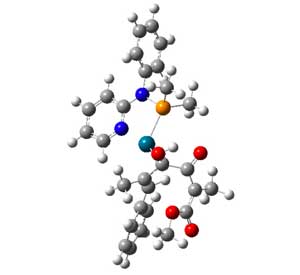
Monday, July 30, 2018
Supercomputing the 'how' of chemical reactions
Magnetic nanoparticles deliver chemotherapy to difficult-to-reach spinal tumors
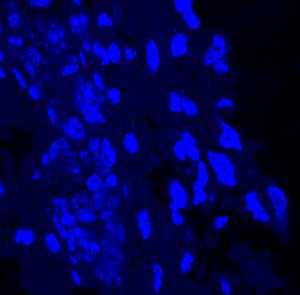
Trapping light that doesn't bounce off track for faster electronics
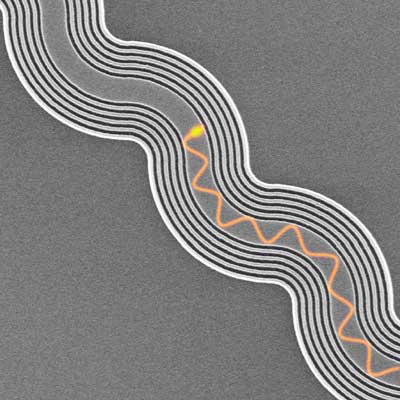
Nano-sized traps show promise in diagnosing pathogenic bacterial infections
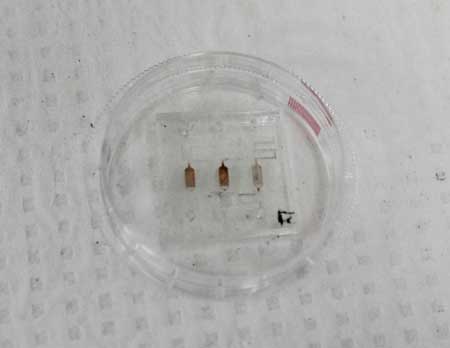
Memory-processing unit could bring memristors to the masses
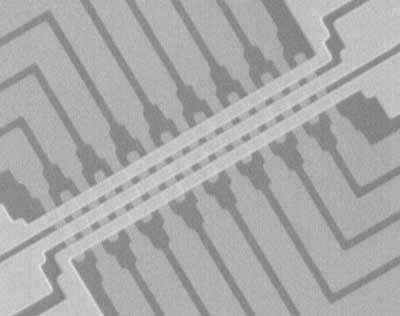
Extreme conditions in semiconductors
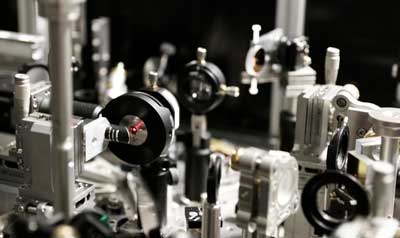
Great Pyramid of Giza inspires nanoparticle design

Looking inside the lithium battery's black box
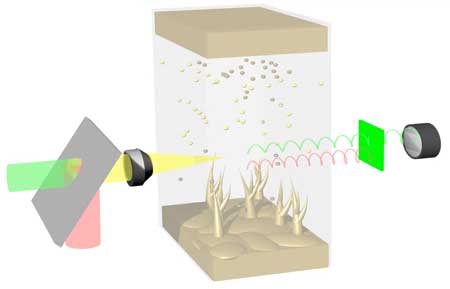
Lasers write better graphene anodes
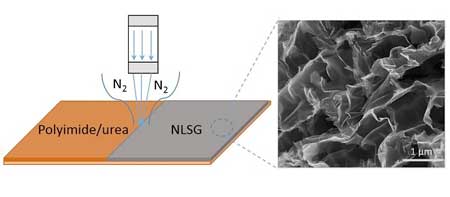
Researchers construct all-optical nanowire pocket calculator
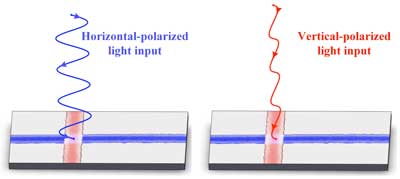
Researchers propose a facile, general, and effective strategy to prepare carbon nanomaterials
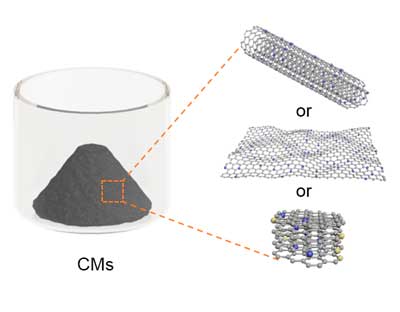
Individual silver nanoparticles observed in real time

An expressway for electrons in oxide heterostructures
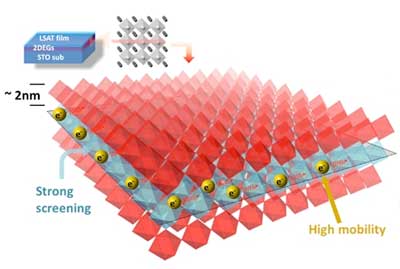
Subscribe to:
Comments (Atom)
